From Pasta to Quinoa: Unexpected Sources of Protein for a Well-Rounded Diet
Study reveals individuals who consumed at least four different types of protein each week, including eggs, meat, whole grains, legumes, had a 26% lower risk of developing high blood pressure compared to those with less varied diet
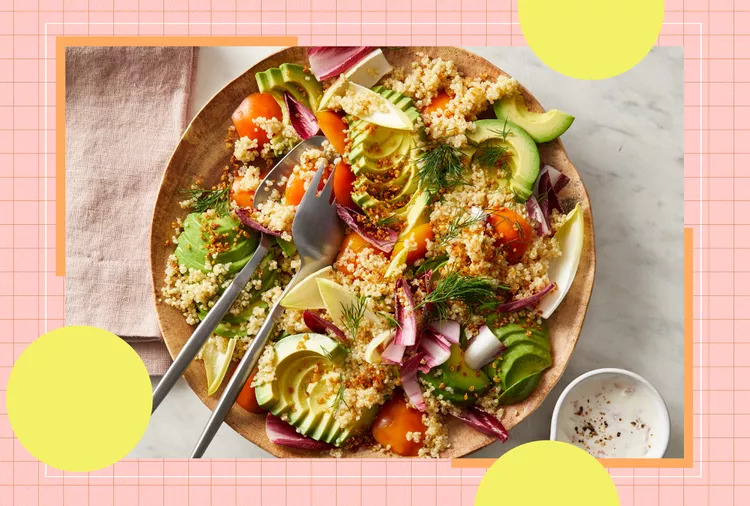
Eggs are well-known for their high protein content. However, if you want to diversify your protein intake beyond eggs, you'll find a surprising number of options, particularly if you adhere to a plant-based diet. "Certain foods commonly perceived as high in carbohydrates also have a notable amount of protein," says Josten Fish, a registered dietitian and owner of Dietitian Meets Mom.
Incorporating a diverse range of proteins in your diet is advantageous for heart health. A study with over 12,000 participants revealed that individuals who consumed at least four different types of protein each week, including eggs, meat, whole grains, and legumes, had a 26% lower risk of developing high blood pressure compared to those with a less varied diet.
To ensure optimal health and preserve muscle mass, Josten Fish suggests aiming for 20 to 30 grams of protein per meal and 15 grams per snack. This target can be met through conventional protein-rich foods such as lean meat, poultry, Greek yogurt, fish, seafood and eggs, alongside plant-based alternatives, including select carbohydrates.
With 6 grams of protein in a single egg, we've compiled six carbohydrate-rich foods that match or exceed this protein content. If you're aiming to increase your protein intake, adding these six options to your weekly meals could be beneficial.
Beans
Whether you opt for black beans, pinto beans, or great northern beans, you're guaranteed a protein boost. A mere 1 cup of cooked black beans boasts 15 grams of protein along with 15 grams of satiating fiber. Furthermore, beans offer essential minerals like calcium, folate and potassium.
Canned beans offer convenience and speed, or you can economize by mastering the art of cooking dried beans. Beans are both economical and adaptable. They can be stored in the fridge or pantry and effortlessly incorporated into a variety of dishes, including burritos, tacos, salads, soups and countless others.
Lentils
Similar to beans, lentils belong to the legume family and offer significant nutritional value. A mere 1 cup of cooked lentils provides nearly 18 grams of protein.
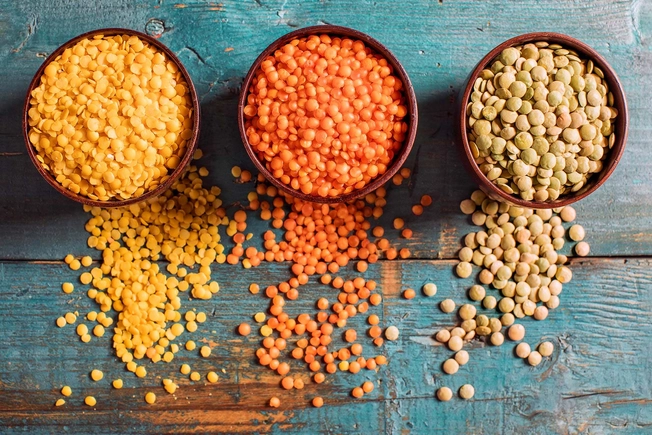
Lentils come in various colors, such as green, brown, black, red and yellow, each offering unique flavors and textures. Exploring different types can help you discover your preferred variety.
Chickpeas
While categorized as beans, chickpeas, also known as garbanzo beans, stand out for their exceptional versatility. A single cup of cooked chickpeas delivers nearly 15 grams of protein and an impressive 13 grams of fiber. Additionally, chickpeas are rich in choline, a vital nutrient for metabolism function and heart health, which is often lacking in the typical American diet.
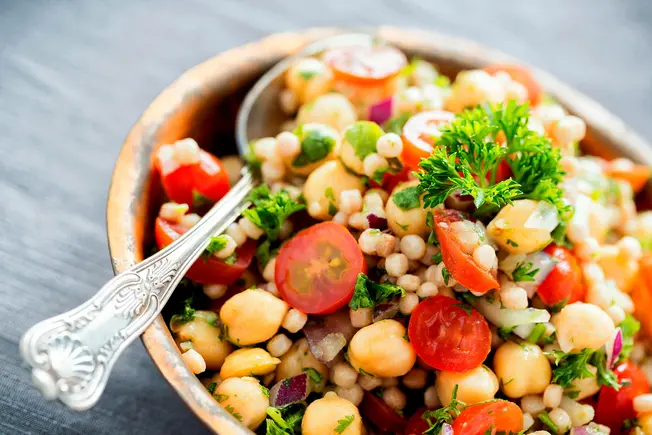
For a versatile legume like chickpeas, there's a myriad of delicious ways to savor them. For a guilt-free snack reminiscent of nuts but with fewer calories, delve into the world of Crunchy Roasted Chickpeas.
Elevate your salads and stews by adding these crispy delights, or indulge in the classic favorite: hummus! Whether snacking or enhancing your culinary creations, chickpeas offer a wholesome and satisfying option for any occasion.
Quinoa
For those seeking a protein-packed alternative to rice, quinoa emerges as a stellar choice. With a generous 8 grams of protein and 5 grams of fiber per 1-cup cooked serving, it offers a nutritional powerhouse in every bite.
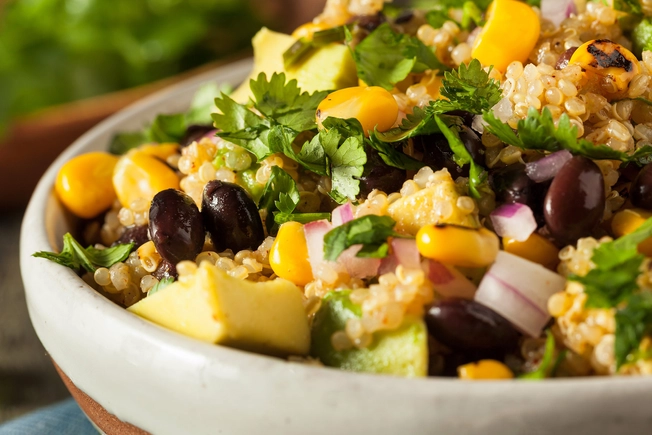
Additionally, quinoa serves as an excellent source of iron, further enhancing its health benefits. Consider incorporating this versatile grain into your meals to elevate both flavor and nutrition.
Farro
Farro, an ancient wheat grain, is not only rich in history but also in protein, boasting 6 grams per quarter-cup of dry farro, which translates to about ½ cup cooked. Praised for its nutty flavor profile and satisfying chewy texture, farro proves to be a versatile ingredient.
From serving as the foundation for our Farro Salad with Grilled Chicken to adding substance to a nourishing grain bowl, its culinary potential knows no bounds. Embrace its wholesome goodness by prepping our Farro, Almond & Blueberry Breakfast Cereal the night before, ensuring a protein and fiber-packed start to any hectic morning.
Whole-Wheat Pasta
While pasta isn't commonly recognized as a protein-rich food, it contains a noteworthy amount: 1 cup of cooked whole-wheat spaghetti offers 7 grams of protein. Whole-wheat pasta boasts a nuttier flavor profile compared to its refined, white-flour counterpart, making it a versatile ingredient suitable for various dishes.
Whether incorporated into a refreshing pasta salad or paired with the classic spaghetti and meatballs, whole-wheat pasta shines in both taste and nutrition. To further elevate the protein content, consider exploring alternatives such as legume-based pasta crafted from lentils, beans or chickpeas.
Cottage Cheese
This nutritious source of protein, boasting nearly 12 grams in a half-cup, harmonizes perfectly with other flavors. Its subtle taste profile makes it a versatile addition to various dishes. Create a wholesome snack by pairing cottage cheese with a variety of fruits.
Alternatively, elevate your pancakes with this protein-boosting secret ingredient. Opt for low-fat cottage cheese to maintain a healthy balance.
Almond Butter
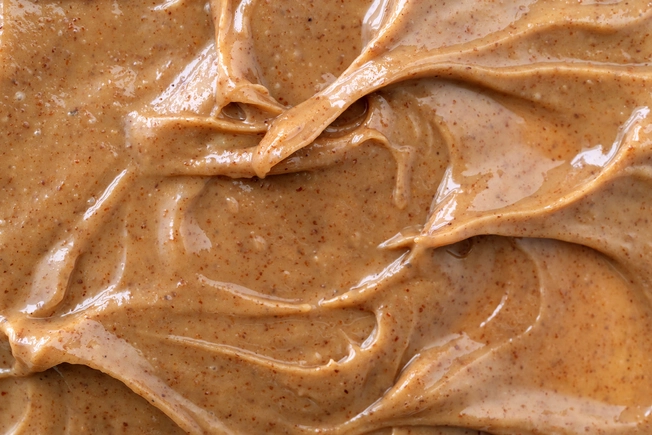
This creamy spread, often overshadowed by its peanut counterpart, packs a punch with 7 grams of protein in just 2 tablespoons. Rich in heart-healthy fats, it serves as an excellent pre-workout fuel. Crafting it at home is a breeze—all you need are almonds and a blender.
Elevate its flavor profile with a dash of cinnamon, nutmeg, vanilla extract or even curry powder for a personalized touch.
Cheddar Cheese
This flavorful cheese packs a punch with approximately 7 grams of protein per ounce, along with essential nutrients such as calcium, zinc, phosphorus, and vitamins A and B12.
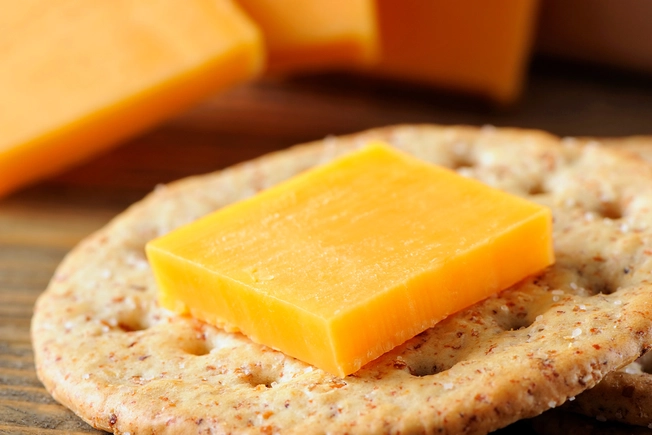
However, it's advisable to keep portions moderate or opt for a reduced-fat variety. Dairy fats, while tasty, aren't the heart-healthy kind. Additionally, cheese can contain high levels of sodium.
Pumpkin Seeds
After carving your jack-o’-lantern, don't discard these seeds. (Alternatively, consider purchasing pre-roasted ones at the store for convenience.) With 8 1/2 grams of protein per ounce, these shelled seeds are a nutritious choice, packed with zinc, iron, copper, magnesium, potassium and selenium.
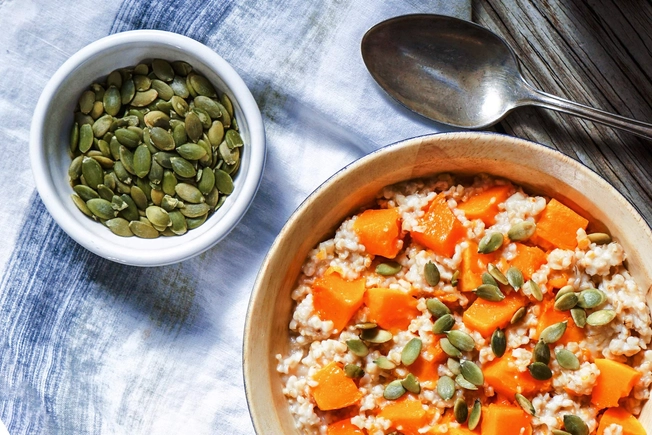
Enjoy a handful alongside an apple for a satisfying snack, or incorporate them into oatmeal, granola, or homemade bread dough for added texture and flavor.
Regardless of your dietary preferences—be it vegetarian, Mediterranean, or low-sugar—ensuring adequate protein intake is essential for optimal health and nutrition. The good news is that protein is abundant in a variety of foods, including those typically rich in carbohydrates, such as pasta, beans, lentils, and quinoa.
By incorporating these diverse sources of protein into your meals, you can maintain a balanced and wholesome diet that supports your overall well-being.
